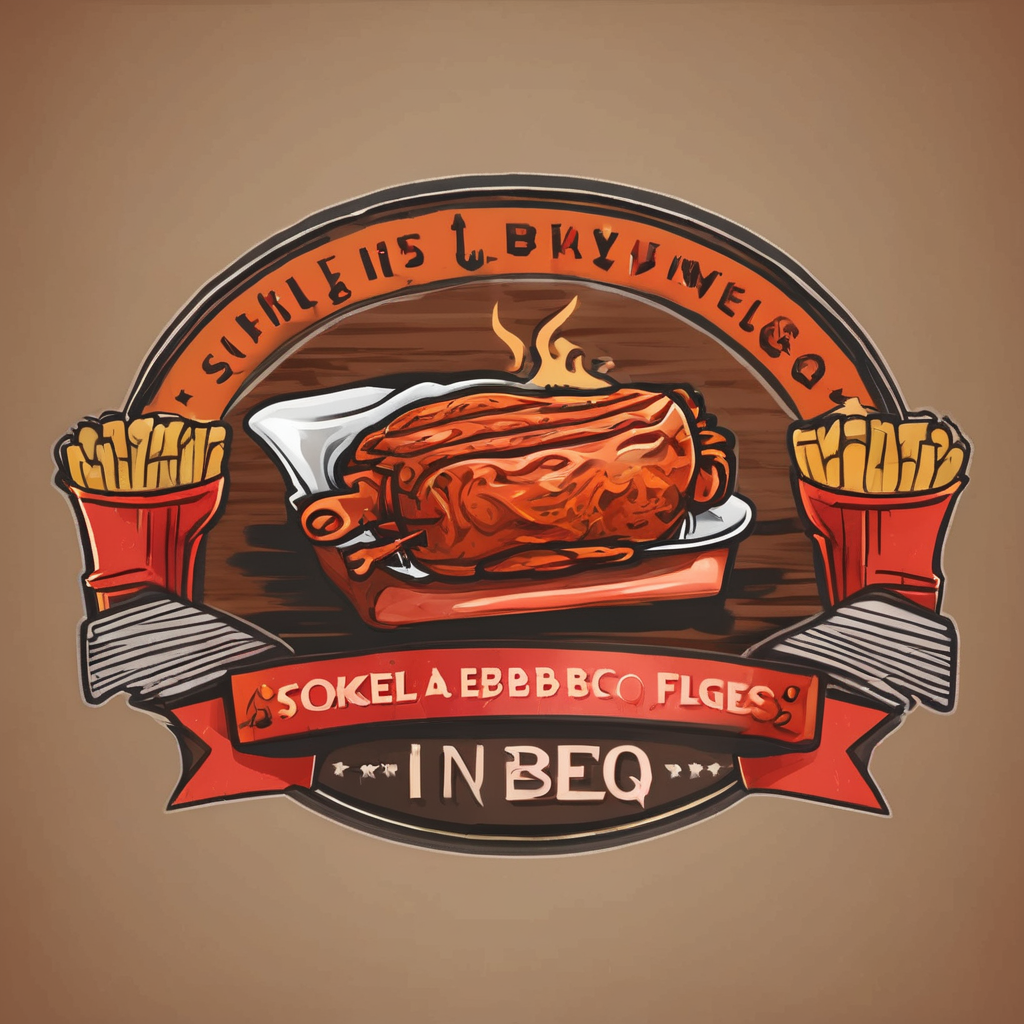Understanding Upselling in the Bar Industry
Upselling is a strategic sales technique aimed at enhancing the customer experience while increasing profits in the bar industry. By introducing upselling techniques, bar staff can suggest premium beverages, larger portions, or pairing options that offer more value to the customer. This not only boosts revenue but also enhances customer satisfaction.
Psychologically, effective upselling techniques rely on principles such as reciprocity and perception of value. When bar staff recommend certain upselling techniques with a friendly demeanor and genuine enthusiasm, customers often feel more inclined to accept their suggestions. This is where the importance of staff attitude and knowledge comes into play.
Also to see : Leveraging seasonal events to boost footfall at your uk bar
Bar staff training in upselling must focus on instilling comprehensive product knowledge. Staff should be well-versed in drink ingredients, preparation methods, and complementary pairings. This expertise enables them to make informed suggestions tailored to customers’ preferences, ensuring customer engagement and satisfaction. Product familiarity also lends credibility to the staff’s recommendations, fostering trust and repeat business.
Overall, the right mix of bar staff training, positive attitude, and advanced upselling techniques creates a win-win scenario where both customers and venues benefit.
Have you seen this : Mastering kitchen cleanliness: essential tips for ensuring food safety and hygiene
Essential Strategies for Training Bar Staff
Effective training strategies are crucial in ensuring that bar staff excel in upselling, which directly boosts customer satisfaction and profitability. Tailored bartender education programs focus on enhancing staff development by equipping employees with the skills needed to sell effectively while maintaining a focus on customer experience.
Structured Training Programs
Developing structured training programs is vital. These programs should include comprehensive modules on product knowledge, effective communication, and sales techniques. This enables staff to make informed recommendations, increasing the likelihood of successful upselling. Bartender education should be systematic and ongoing, addressing the dynamic nature of the beverage industry.
Real-Time Coaching
Alongside formal training, real-time coaching is indispensable. This involves mentors or experienced staff offering immediate feedback and guidance during shifts, which enhances staff development. It’s crucial for reinforcing learning and boosting confidence, leading to improved customer interactions and enhanced upselling outcomes.
Continuous Learning Opportunities
Providing continuous learning opportunities ensures staff remain updated on trends and new offerings. Regular workshops and seminars can foster an environment of growth. Training strategies that incorporate these elements lead to more knowledgeable staff who feel valued and motivated, ultimately benefiting the bar’s bottom line through improved customer service and engagement.
Actionable Techniques to Engage Customers
To improve customer engagement in the bar industry, mastering effective sales techniques and honing communication skills are key. The art of personalized service begins with understanding individual customer preferences and making them feel valued. By actively listening and observing, bar staff can tailor their recommendations, thereby enhancing the customer engagement experience.
Building rapport with customers provides valuable opportunities for upselling. Engage patrons by initiating friendly conversations, maintaining eye contact, and using names when addressing them. This creates a welcoming atmosphere, encourages openness to suggestions, and boosts the likelihood of successful upselling.
Storytelling is another powerful tool that can be wielded to enhance product appeal. Bartenders can craft narratives around the history or unique qualities of a beverage, sparking curiosity and interest. This technique connects emotionally with customers, making their choices more memorable.
Efficient communication skills are crucial. Utilizing clear, concise language helps avoid misunderstandings and ensures customer satisfaction. Encourage staff to practice improvisation and adaptability in handling diverse customer interactions. This familiarity supports the overarching aim of creating a delightful and engaging experience for every patron. By focusing on these aspects, bars can cultivate lasting relationships with their patrons, benefiting both customer satisfaction and sales.
Role-Playing Scenarios for Practicing Upselling
Role-playing serves as an invaluable tool for honing sales practice in a bar setting. Bartending simulations allow staff to engage in scenario-based training exercises that simulate real-world challenges. These exercises are designed to equip bar staff with essential skills to navigate dynamic customer interactions and enhance their role-playing abilities.
Consider exercises that include various customer types who may react differently to upselling techniques. This not only improves sales practice but also boosts customer engagement by enriching staff’s ability to personalize service.
Training should also cover handling objections and pushback. Staff must learn to understand customer hesitations and counter them with tactful responses. Encouraging staff to view objections as opportunities rather than setbacks fosters resilience and initiative.
Establishing a robust feedback system is crucial for continuous improvement. After each simulation, provide constructive feedback that highlights strong points and areas for development. This feedback and improvement process sharpens staff’s adaptability and ensures that upselling techniques remain effective and customer-focused.
Incorporating structured bartending simulations into staff education equips them with the tools to excel, building an environment where customer satisfaction and venue profitability thrive together.
Measuring Upselling Success and Effectiveness
In the dynamic bar industry, evaluating upselling success requires meticulous attention to performance metrics. Effective measurement not only improves profitability but drives continuous optimization. Start by defining key performance metrics such as the upsell rate, which calculates the percentage of transactions where an upsell occurred. High upsell rates often correlate with skilled customer engagement and can be insightful indicators of success.
Tracking sales related to upselling is crucial. Many bars leverage point-of-sale systems to distinguish upsells from regular sales transactions. By evaluating this data, management can pinpoint which upselling techniques are achieving desired results. Utilize these insights to refine strategies and focus on high-impact training areas.
Analyzing customer feedback provides a qualitative dimension that supplements quantitative metrics. Regularly soliciting feedback on the bar experience, especially in relation to suggested upsells, helps in identifying what techniques resonate well with patrons. This feedback loop nurtures staff development, ensuring that upselling success translates to enhanced customer satisfaction.
Effective performance analysis in upselling intertwines both hard data and customer insights. This comprehensive approach ensures that bars continuously adapt, optimizing strategies to benefit both the customer experience and business growth.
